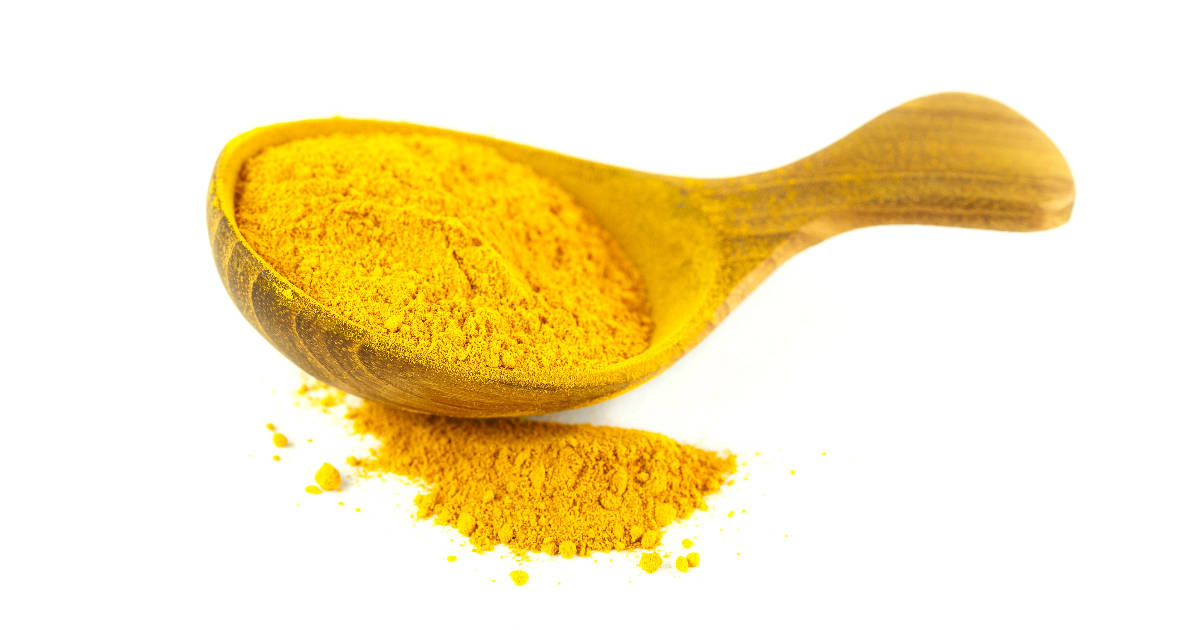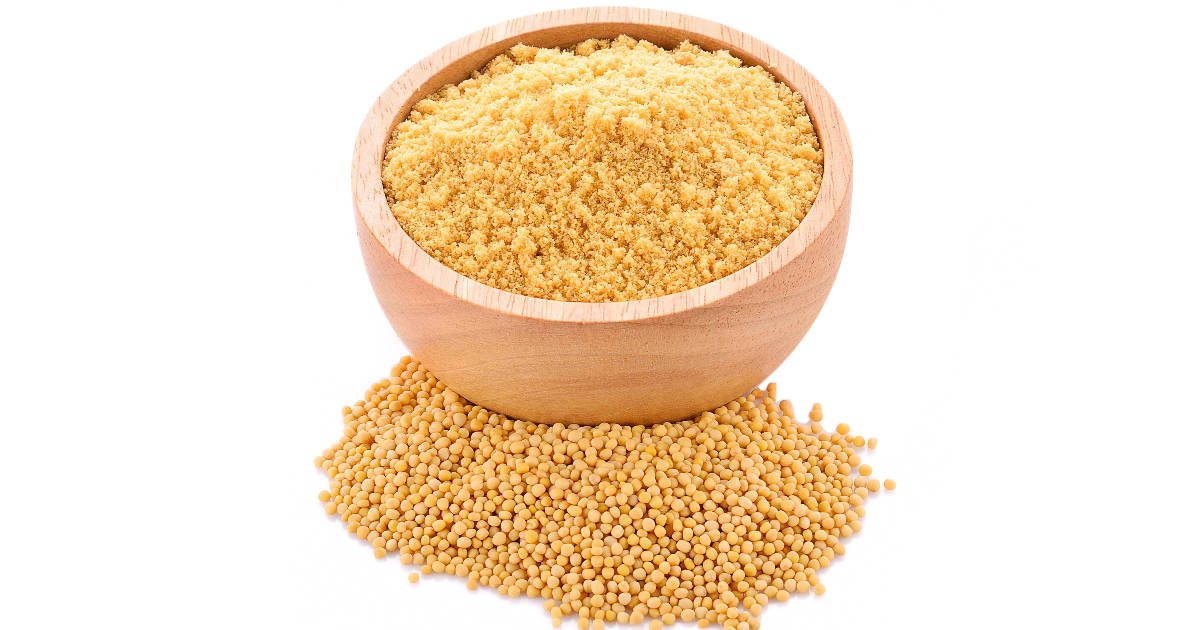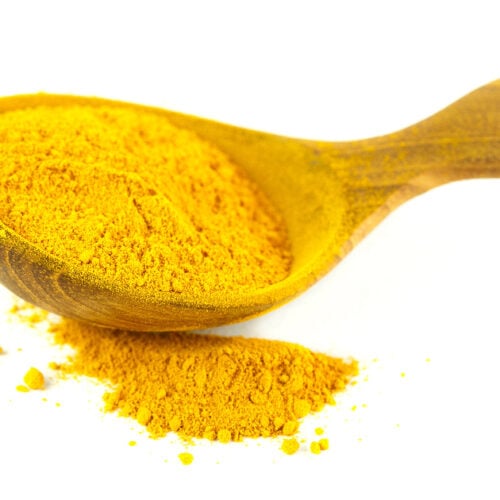Curry powder is a versatile blend of spices that can transform the flavor of many dishes. While you can buy pre-made curry powder, making your own allows you to control the ingredients and spice level.

We will provide an in-depth guide to making yellow curry powder at home, with recipe ideas and tips for customizing your own blend.
Why Make Your Own Yellow Curry Powder?
There are several benefits to making DIY yellow curry powder rather than buying it pre-made:
Control the Ingredients
When you make homemade curry powder, you get to choose what goes into it. Store-bought blends often contain fillers, preservatives, and anti-caking agents. By making it yourself, you can avoid unwanted additives.
You can select high-quality organic spices if you prefer. You can also tailor the ingredients to suit your tastes or dietary needs, omitting anything you want to avoid.
Customize the Spice Level

Shop-bought curry powder comes in set spice levels - mild, medium, or hot. Making your own allows you to customize the heat to your personal tolerance.
Add more or less cayenne pepper, ginger, or mustard powder to control the burn. You can make it as mild or spicy as you like.
Its Fresher and Cheaper
Because homemade curry powder uses whole spices, it will taste fresher and more aromatic. The flavor won't diminish over time like pre-ground spices.
You only make as much as you need, so none goes to waste. It also works out much cheaper than buying a ready-made blend.
Easy to Make
This DIY curry powder only requires ingredients you likely have on hand. It takes just a few minutes to measure out the spices and mix them together.
So if you run out mid-recipe, you can whip up a quick homemade blend instead of running to the store.
Ingredients for Yellow Curry Powder
Here are the spices that typically go into a yellow curry powder recipe:
Turmeric
Turmeric provides both the color and flavor that defines curry powder. It has an earthy, slightly bitter taste. Turmeric is anti-inflammatory and may provide health benefits.
Coriander
Known as cilantro in some regions, coriander has a lemony, citrus flavor. It adds freshness to mellow out the other warming spices. Use ground coriander powder or grind whole seeds.
Cumin
Cumin adds a smoky depth and savory aroma. It's another essential component of curry powder. Like coriander, you can use cumin powder or grind the seeds.
Ginger
Ginger has a hot, spicy kick that enhances curry's heat. It also provides a sweet, aromatic flavor. Adjust the amount to regulate the spice level.
Mustard
Mustard powder or ground mustard seeds provide pungent heat as well as an earthy flavor. Leave it out for a very mild curry. Yellow mustard powder is traditional.
Cayenne
Cayenne pepper supplies most of the heat and bite in curry powder. Reduce or omit it for milder blends. Paprika can provide color without the burn.
Cardamom
Cardamom imparts a sweet, fruity taste and aroma to mellow the heat. If using whole pods, remove the shells before grinding the inner seeds.
Cinnamon
A small amount of cinnamon adds warmth and sweetness. It complements the other spices nicely without overpowering.
Cloves
Used sparingly, ground cloves provide a sharp, potent flavor. They give curry powder a signature aromatic quality.
Nutmeg
Nutmeg and mace bring a subtle sweetness that rounds out the flavor profile. A tiny bit goes a long way.
Pepper
Black pepper adds heat and spice in the background. White pepper provides flavor without the dark specks. Leave it out for a very mild blend.
Fenugreek (optional)
Fenugreek seeds have a bitter, nutty taste that enhances curry's complexity. They are harder to find so this spice is optional.
Curry Leaves (optional)
Despite the name, curry powder contains no actual curry leaves. But you can add ground curry leaves for herbaceous flavor.
How to Make Yellow Curry Powder
Making homemade yellow curry powder is simple:
Toast whole spices (if using) in a dry pan for 1-2 minutes until fragrant. Cool completely before grinding.
Grind seeds like cumin, coriander, and cardamom into a fine powder using a coffee grinder or mortar and pestle.
Measure out all spices - the ingredient amounts are flexible so adjust to your tastes.
Mix everything together and store in an airtight container away from heat, light, and moisture.
That's all there is to it! For maximum flavor, make your own blend with whole toasted spices ground fresh. But you can use pre-ground spices too for convenience.
Tips for the Best Homemade Curry Powder
Follow these tips for the ideal homemade curry powder every time:
- Play around with the spice ratios to customize the flavor and heat level to your preferences.
- Store your blend in the freezer to keep it fresher for longer.
- Double or triple the recipe to have more on hand for frequent use.
- Add a pinch of salt to balance and enhance the flavors.
- Label spices with the purchase date and replace them yearly for optimal freshness.
- Lightly toast old spices to revive their aromas before grinding.
- Buy small batches of whole spices and grind as needed for maximum potency.
How to Use Yellow Curry Powder
Homemade curry powder is extremely versatile. Here are some ways to use it:
- Add it to vegetable or meat curries along with onion, garlic, ginger, tomatoes, and coconut milk or yogurt.
- Make curried chicken or potato salad by mixing curry powder into the mayonnaise dressing.
- Marinate meats or tofu in curry powder, oil, and spices before cooking.
- Flavor roasted vegetables like cauliflower, sweet potato, or chickpeas by coating them with oil and curry powder before baking.
- Stir curry powder into rice or quinoa dishes for extra flavor.
- Create curry-spiced nuts by tossing toasted nuts with oil, curry, and spices.
- Mix into hummus, dips, and spreads.
- Make curry powder popcorn by sprinkling over poppedcorn with oil.
- Add to lentil or bean soups and stews.
- Make curry deviled eggs by adding to the egg yolk filling.
- Coat fish or shrimp before pan-frying or baking.
So get creative with your homemade curry powder in both sweet and savory dishes!
Yellow Curry Powder Recipe Variations
The possibilities are endless when making your own customized curry powder recipe. Try these variations:
- For a hotter blend, increase the cayenne, chili powder, mustard, ginger or black pepper.
- For a milder version, use paprika instead of cayenne, decrease the spices that add heat, or leave them out entirely.
- For a sweeter powder, add more cinnamon, nutmeg, or cardamom. The vanilla powder would also lend sweetness.
- For an earthy flavor, increase the turmeric, cumin, coriander and fenugreek.
- For a fruitier taste, add dried mango, pineapple, or coconut powder.
- For savory umami, try onion, garlic, tomato powder, or nutritional yeast.
- For herby freshness, increase or add basil, cilantro, parsley, or mint.
- For warmth, add allspice, cloves, anise, or fennel.
So think about the flavor qualities you want and experiment with ingredients to create your own signature blend.
How to Make Curry Powder Without Turmeric
Turmeric provides the iconic color and flavor of curry powder. But if you don't have it, here are some alternatives:
- Mustard powder - for color and spice
- Paprika - for color
- Annatto powder - for color
- Cumin - for earthiness
- Coriander - for citrus flavor
- Curry leaves - for curry flavor
You can also substitute a teaspoon of turmeric with:
- 1-2 teaspoons curry powder
- 1/2 to 1 teaspoon ginger
- 1/4 teaspoon cumin
Omitting turmeric altogether will result in a less vibrant color and flavor, but the other spices will still provide that curry taste.
Curry Powder FAQs
How much curry powder should I use?
Start with 1-2 teaspoons of curry powder per serving. Adjust to taste, keeping in mind it gets spicier with cooking. Too much can make food bitter and inedible.
Does homemade curry powder go bad?
Stored properly in an airtight container away from heat, light, and moisture, homemade curry powder keeps for up to a year. Over time, the flavors diminish so replace them yearly for maximum freshness.
Is curry powder gluten free?
Yes, curry powder is naturally gluten-free when made without wheat-based thickening agents. Always check labels on store-bought brands for gluten-containing additives. Homemade allows you to control ingredients.
What's the difference between curry powder and garam masala?
Curry powder is a Western blend inspired by Indian cuisine. Garam masala is a traditional Indian spice mix. Garam masala contains warming spices like cinnamon, cardamom, and cloves but doesn't have the turmeric curry powder.
Can I substitute curry powder for curry paste?
No, curry powder and curry paste are very different and not interchangeable. Curry powder consists of ground dried spices while paste contains fresh ingredients like garlic, chilies, and lemongrass blended into a wet mix. They have completely different flavors and uses.
Conclusion
Making your own yellow curry powder from scratch lets you control the flavor, heat level, and ingredients. Follow this simple recipe using spices you likely have in your pantry already.
Play around with the amounts of different spices to create your own unique blend. Store it properly to retain freshness.
Then use your homemade curry powder to add delicious flavor and fragrance to all kinds of savory dishes.

Homemade Yellow Curry Powder
Ingredients
- 2 tablespoons ground turmeric - for color and earthy flavor
- 2 tablespoons ground cumin - for smoky depth
- 2 tablespoons ground coriander- for citrus note
- 1-2 teaspoons ground ginger - for heat and sweetness
- 1/4 teaspoon cayenne pepper - for spiciness (optional)
- 1/4 teaspoon mustard powder - for pungency
- 1/4 teaspoon ground cinnamon - for warmth
- 1/4 teaspoon ground cardamom - for sweetness
- 1/4 teaspoon ground cloves - for sharp flavor
- 1/4 teaspoon ground pepper - for background heat
Instructions
- Measure out spices into a bowl. Adjust amounts to taste.
- Stir or whisk to thoroughly combine.
- Transfer to an airtight container. Store in a cool dry place up to 1 year.
Notes
- Toast whole spices briefly to enhance flavor before grinding.
- Start with 1-2 teaspoons per dish and adjust heat to taste.
- For milder flavor, use less or omit hot spices like cayenne and ginger.

